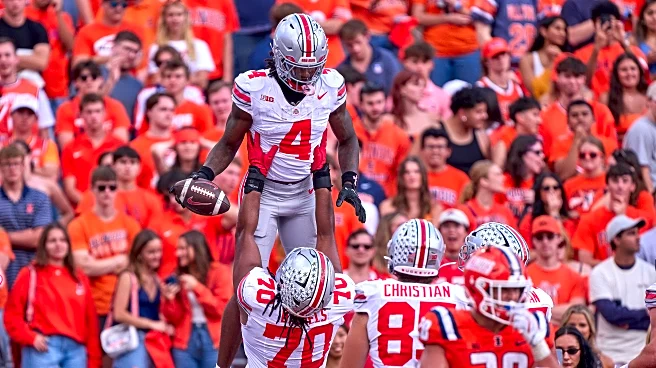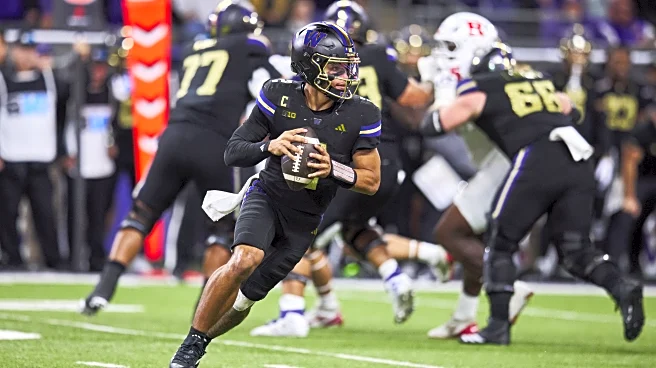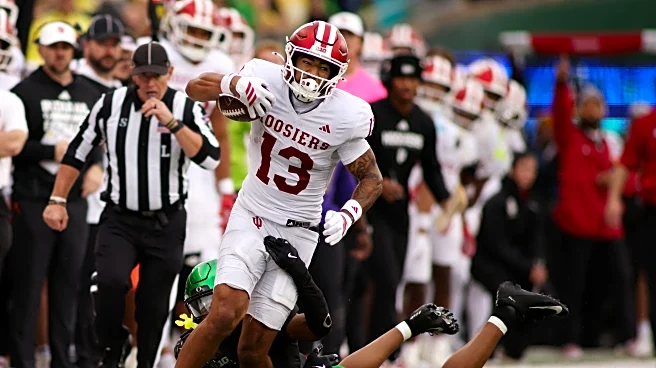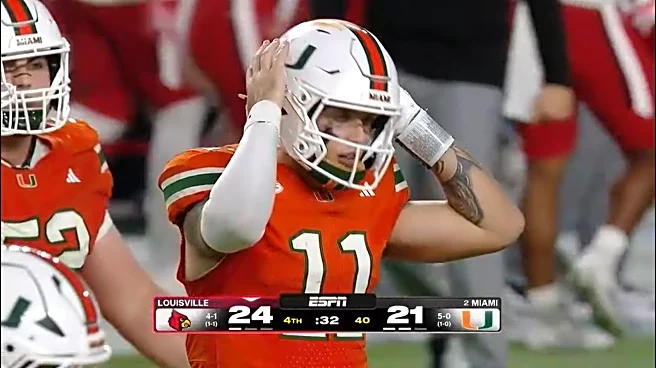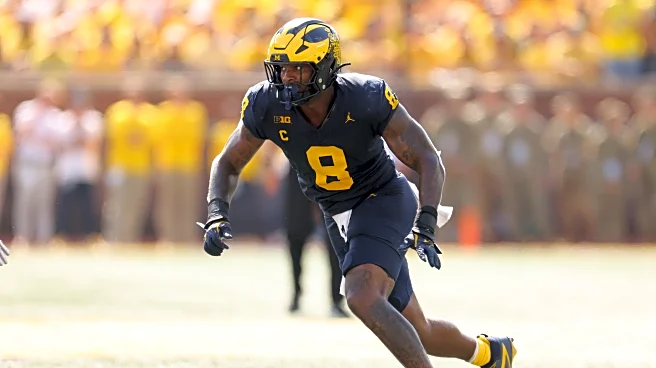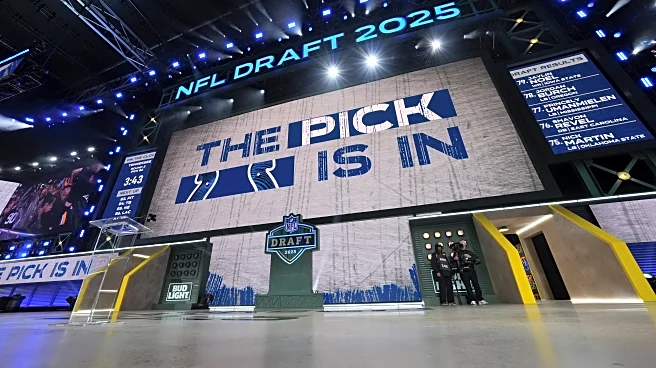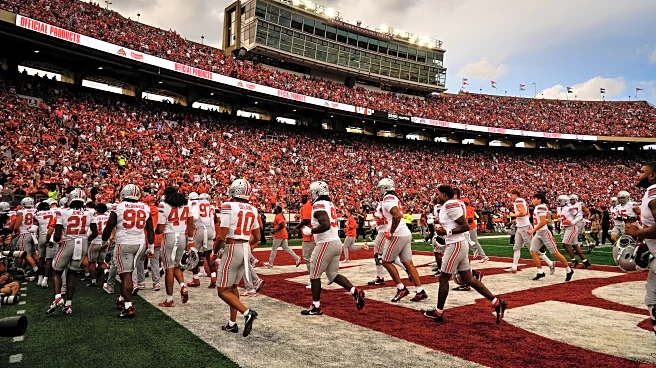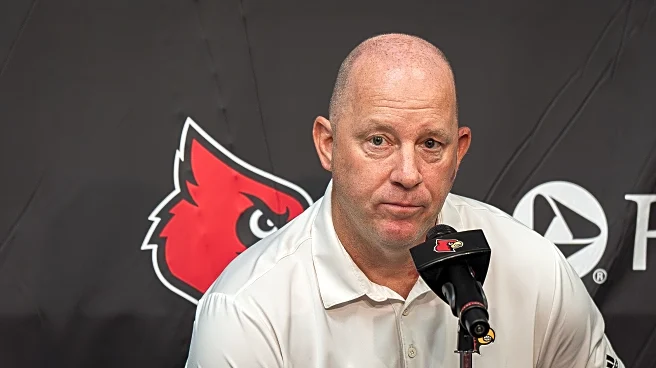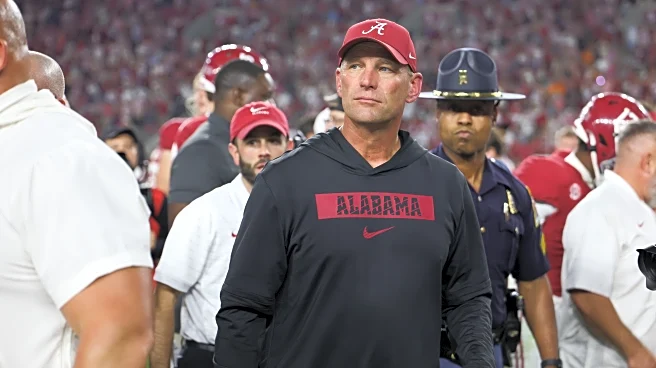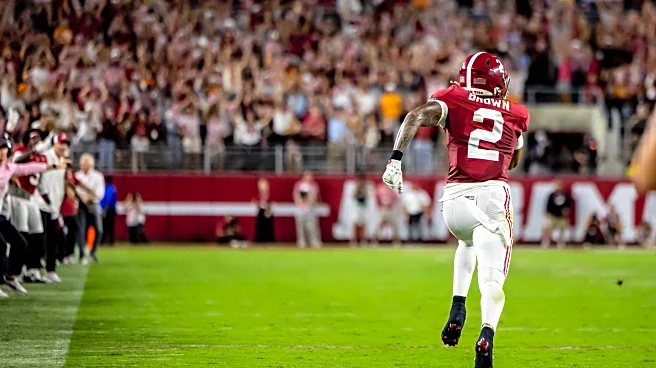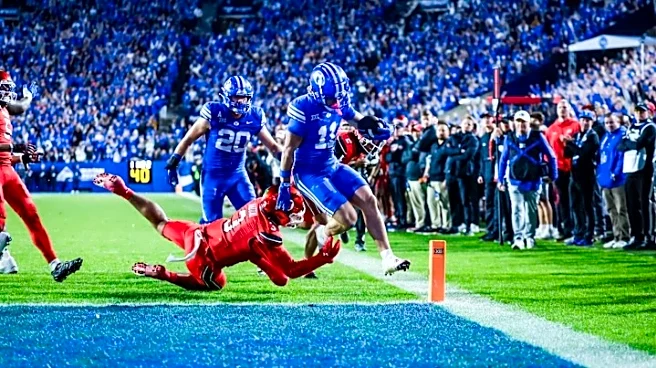Ohio State’s recruiting pitch in 2025 is multi-faceted with the promise of NFL preparation, a national brand that guarantees eyeballs, and a pragmatic, increasingly institutionalized, approach to name,
image and likeness (NIL).
That combination is no accident. It’s a deliberate playbook engineered by Ryan Day’s staff and the athletic department to answer the modern recruit’s central question: “If I come here, will I both develop and get paid (and be seen)?”
The Buckeye blueprint doesn’t sell dreams, it sells demonstrable outcomes and a predictable process. The proof points are obvious on tape and in the ledger. Ohio State led the country with 14 players selected in the 2025 NFL Draft, a recent example recruiters can now use as Exhibit A.
NFL development as the core selling point
No college pitch matters more to five-star prospects than the tangible pathway to the pros. Ohio State’s staff leans hard on the program’s track record, the volume of draft picks, top-round selections and pro careers, and turns that into two concrete recruiting promises.
First, a technical pitch. Position coaches (Including Brian Hartline on offense and Matt Patricia on defense) will teach pro concepts and refine NFL-grade techniques. Secondly, an opportunity pitch. The Buckeyes give elite prospects a chance to play on major stages early and accumulate tape scouts value.
That’s not idle marketing. The Buckeyes’ 2025 draft haul, the most of any school, is a clear, measurable credential the staff can point to when selling to prospects and their families.
Hartline’s ascension to the offensive leadership role has added recruiting weight for receivers specifically. Hartline is a well-documented developer of wideouts. Recruits and analysts routinely reference his track record when ranking Ohio State among the top landing spots for pass-catching talent.
That credibility matters when a high school receiver is weighing early playing time against long-term NFL upside. Hartline’s public messaging blunt, developmental and future-facing doubles as a recruitment tool. Come here and we’ll teach you how NFL coaches think.

Institutional NIL: Structure, safeguards and a quieter sell
The NIL landscape changed dramatically in 2024–25, and Ohio State’s response has been to build policy and support systems that make NIL workable rather than chaotic for recruits.
The university publishes student-athlete NIL guidelines and provides compliance support and education to help players navigate deals, a message the staff now uses in recruiting rooms. That pitch carries weight with families who worry about scams, eligibility risk, and long regulatory shadows.
Ohio State’s approach is not to promise an exact dollar figure. Instead, the staff emphasizes structure, access to vetted local and national opportunities, and institutional support to minimize risk.
Recent national NIL rule changes, and litigation around high school NIL in Ohio, have added complication to the market, but they also make Ohio State’s structured, compliance-minded approach a feature. Recruits today ask fewer “how much” questions and more “how safe/how reliable” questions.
Ohio State’s compliance infrastructure and public guidelines answer that second line of inquiry credibly. In practical recruiting terms, that translates to fewer nervous parents and more measured conversations about long-term brand building rather than one-off paydays.
Brand, exposure and the “game tape” argument
Exposure still matters. Ohio State’s national television footprint, regular involvement in marquee matchups and high profile conference positioning produce more meaningful game film than most programs.
Coaches can tell a recruit, you’ll get high-quality tape against top competition, the sort of tape NFL evaluators watch. That message is amplified by the program’s recent production of NFL talent. A recruit choosing Ohio State isn’t only betting on coaching, they’re betting on consistent, broadcasted opportunities to be evaluated on the national stage.
That combination, teaching plus visibility, is a powerful recruiting lever.
Practical recruiting room choreography: how the pitch happens
Walk into an Ohio State recruiting conversation and you’ll see three pillars: (1) Development (coaches and pro outcomes), (2) NIL support (guidelines, compliance, vetted activation), and (3) Opportunity (early reps, national exposure).
Coaching staff members calibrate those elements per-player. For a defensive lineman, the emphasis is on technique, strength program, and Ohio State’s history of producing early-round DLs. For a wide receiver, Hartline frames an NFL route tree curriculum and how the offense creates one-on-ones.
For families worried about money, the compliance staff explains the NIL playbook and how the program mitigates risk. The narrative is repeatable, precise and backed by institutional assets. Coverage outlets and recruiting sites have noticed Ohio State leaning into this packaged approach, and targets have responded.

The limits and the competition
This blueprint is potent, but it is not the only one. Programs like Georgia, Alabama and Oregon also sell NFL development and high exposure. What separates Ohio State is twofold, scale (the sheer volume of recent NFL success) and the explicit compliance/NIL support that reduces family anxiety.
Still, the Buckeyes must navigate a marketplace where collectives’ reach, local boosters, and new national NIL rules (which lean toward more oversight) create shifting incentives.
Why it matters now, and what to watch
In the short term, the Buckeye blueprint helps close recruiting windows with prospects who want simultaneous development and safety.
Look for three measurable effects over the next recruiting cycles: (1) more late-cycle flips to Ohio State from prospects who want a clearer NFL path, (2) an increasing share of recruits citing development/visibility and NIL structure in their commitments, and (3) sharper positional profiles, more defensive prospects and receivers won’t commit on NIL alone.
They’ll commit when they see a clear developmental ladder matching NFL benchmarks. Recruiting outlets have already flagged Ohio State’s active late-cycle efforts and flip targets, expect that to accelerate as the staff leans into the blueprint.
Bottom line: Predictable process beats flashy promises
Ohio State’s recruiting edge in 2025 is less about convincing 17-year-olds with a single big NIL cheque and more about selling a predictable career arc.
Elite coaching, frequent national exposure, and an institutional NIL safety net. That pitch, the Buckeye blueprint, is grounded in measurable outcomes (the 2025 draft class), real institutional policy (published NIL guidelines and compliance teams), and a coaching staff positioned to teach at the next level.
In a chaotic recruiting era, stability and verifiable paths are powerful currency. For recruits and families trying to reduce risk while maximizing pro upside, Ohio State’s balanced answer is a persuasive one.
